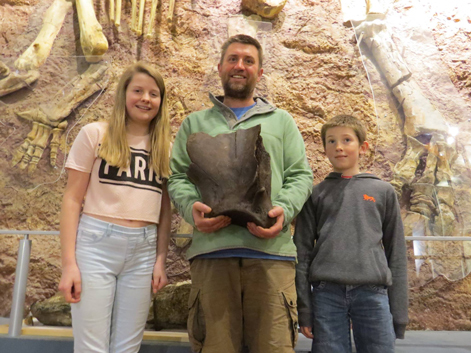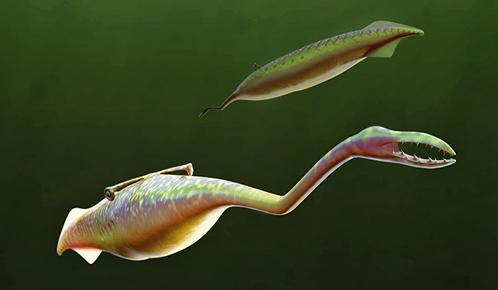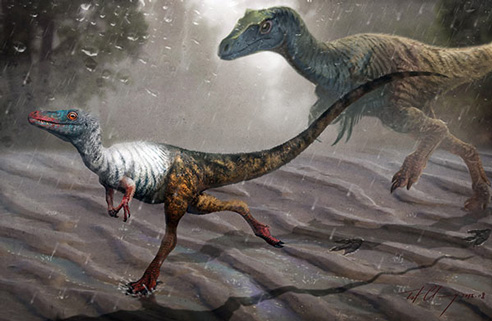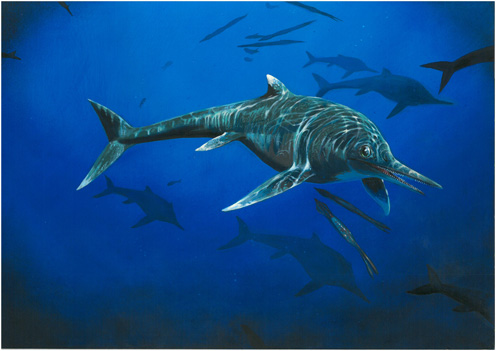Favourite and Popular Articles of 2016 (Part 1)
Favourite Articles January to June 2016
At Everything Dinosaur, we try and post up an article on this blog site every day. This is quite a challenge considering all our other projects and activities. However, as a result of our work on this particular weblog we have managed to build up a huge amount of information, features and articles chronicling (for the most part), advances in the Earth sciences and new fossil discoveries.
Several readers have emailed us and asked us to highlight some of our own favourite news stories that we have written about over the last twelve months or so. With over 350 articles to choose from, that’s quite a tough challenge, but one we readily accept, so here are our favourites from the first six months of 2016.
Everything Dinosaur Favourite Blog Articles (Part 1)
January
January 2016 saw us writing about Canada’s first Dimetrodon, dinosaur trace fossils that suggested courtship displays and the discovery of a giant crocodile’s fossils in Tunisia. However, our favourite story relates the tale of a beachcomber finding proof that enormous elephants once roamed the Isle of Wight.
Fossil hunting is an activity that is not just for the professionals if you look in the right places and get lucky, you too can make an important discovery that contributes to scientific understanding.
Finder of the Prehistoric Elephant Fossil Paul Hollingshead Poses with his Proud Children
To read the article: Prehistoric Elephants Roamed the Isle of Wight.
February
There was no shortage of news stories in the shortest month of the year. During February, we blogged about Terror Birds of the High Arctic, Doedicurus DNA and the discovery of a new abelisaurid from South America, that might turn out to be one of the smallest of these meat-eating dinosaurs described.
However, our favourite piece was posted up on February 10th, when we wrote about the discovery of two new types of suspension feeding Cretaceous fish. Plus, we also got the opportunity to publish a painting by the brilliant and so talented palaeoartist Bob Nicholls.
An Illustration of One of the Giant Cretaceous Plankton Feeders – Rhinconichthys
Picture credit: Bob Nicholls
March and the Blog
To read the article: Cretaceous Big Mouths!
March
Polar dinosaurs, the demise of the ichthyosaurs caused by climate change and a study linking the extinction of the hominin H. floresiensis to our (H. sapiens) arrival on the island of Flores, all proved very popular articles with our blog readership. In the end, we have singled out our story about the resolution of where in the tree of life the bizarre Tully Monster sits. After six decades of debate, an international team of researchers, including scientists from Yale University, published a paper that classified Tullimonstrum gregarium as a soft-bodied vertebrate, one that is related to extant jawless fish such as Hagfish and the Lamprey. The Tully Monster had finally found a home.
One of the Strangest Creatures That Ever Lived is Finally Classified
Picture credit: Sean McMahon (Yale University)
Tully Monster Riddle solved: Tully Monster Puzzle Solved.
Everything Dinosaur Showered with Press Releases
April
Talk about “April showers”, we were showered with press releases from museums and universities in April, leading us to blog about all sorts of weird and wonderful things – ancient arachnids, a Silurian “kite runner”, prehistoric dolphins, seed-eating Late Cretaceous survival strategies and the fifty-million-year dinosaur decline.
Our favourite article, as agreed by Everything Dinosaur team members, was written on April 17th, a story about a dedicated graduate student working alongside some of the most famous palaeontologists in the world, who identified a new species of dinosaur – Apatoraptor pennatus.
A New Species of Late Cretaceous Dinosaur from Canada (A. pennatus)

The presence of ulnar papillae on the ulna (bone of the forelimb) indicates the presence of long feathers on the arm.
Picture credit: The equally talented palaeoartist Sydney Mohr
Apatoraptor news story: Canadian Dinosaurs were Show Offs.
Dinosaurs and More Dinosaurs
May
Giant Patagonian titanosaurs, baby titanosaurs, Atopodentatus unzipped, a new species of prehistoric dog, exquisite horseshoe crab fossils from Nova Scotia, bizarre Brazilian crocodiles and calculating the bite force of a Stegosaurus, these were just some of the stories that occupied our writing team.
A favourite, was one that was published on “Star Wars day” – May 4th, tiny three-toed tracks preserved in rock indicate that some of the theropod dinosaurs may have been very small indeed.
Team members at Everything Dinosaur are aware of a growing body of evidence to suggest that some members of the Theropoda were no bigger than a mouse, we have nick-named this group “leaf litter dinosaurs”. One of these tiny theropods ran across a stretch of mud some 125 million years ago and its prints were preserved, providing yet another tantalising clue to miniature dinosaurs, the genus Minisauripus was erected, a name for a dinosaur distantly related to Giganotosaurus and Tyrannosaurus rex, but no bigger than a sparrow.
For dinosaur and prehistoric animal models: Prehistoric Animal and Dinosaur Models.
Minisauripus Runs Across the Mud Flat Chased by a Bigger Theropod Dinosaur
Picture credit: Zhang Zongda/China Daily
To read about Minisauripus: The Smallest Dinosaur of All?
Everything Dinosaur and Writing in June 2016
June
Was the primordial snake Tetrapodophis an accomplished swimmer? What’s the significance of ancient rock paintings found in a remote cave 7,000 feet up in the Alps? What did the giant meat-eating dinosaur, whose fossilised tracks were found in India, look like? How do you build a museum to house the bones of the biggest dinosaurs who ever lived? These and a whole range of other questions were tackled in June 2016, but the article we have chosen to highlight involves the discovery of a new species of British marine reptile made by the English palaeontologist Dean Lomax.
Visit the website of Dr Dean Lomax: Palaeontologist Dr Dean Lomax.
The new species is an ichthyosaur (Wahlisaurus massarae), the fossil specimen “nosedived” into sediment prior to permineralisation and this unusual taphonomy prevented a new species of marine reptile from surfacing until the middle of June 2016.
Wahlisaurus massarae – A New Species of British Marine Reptile
Picture credit: James McKay
To read the article: A New Species of British Marine Reptile Surfaces.
Part two of this article, a list of our favourite articles published in the last six months will be posted up shortly.
Visit the Everything Dinosaur website: Visit Everything Dinosaur.






